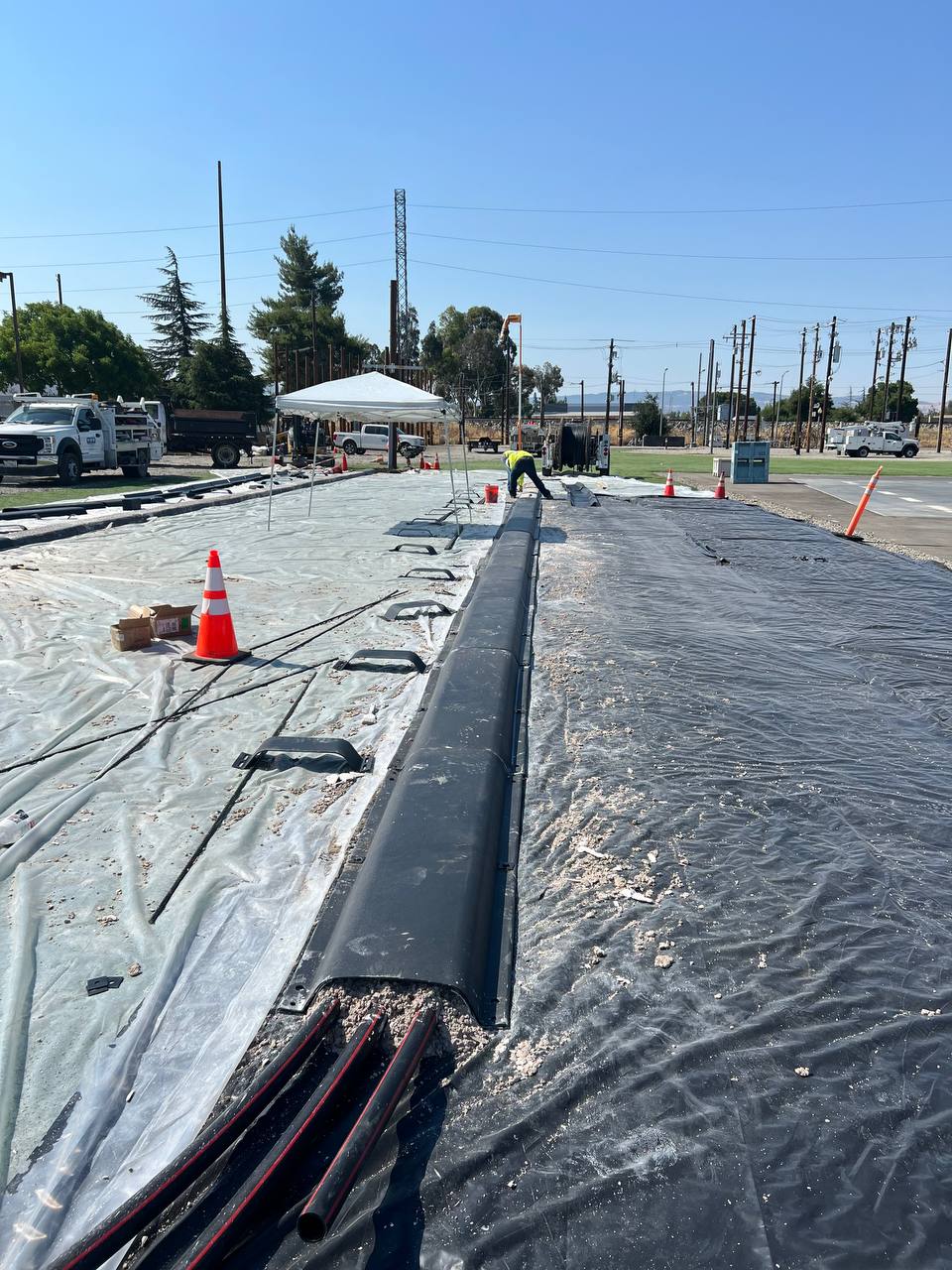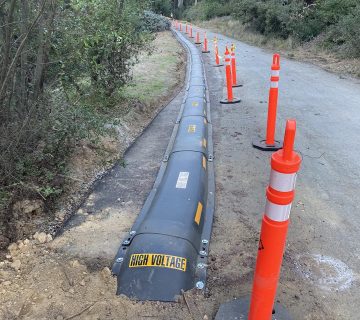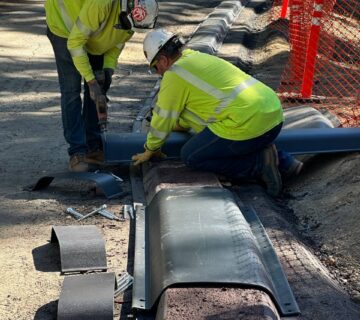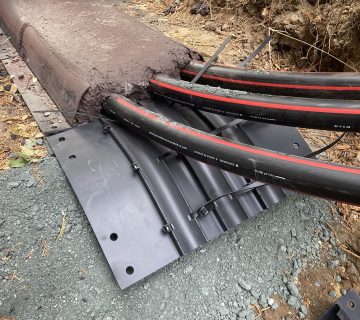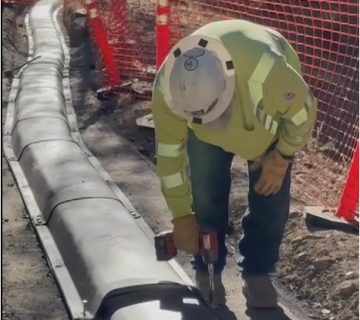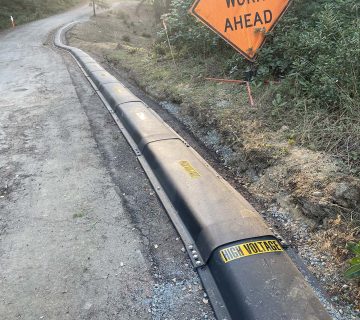Revolutionizing Power Distribution: How GLDS is Changing the Future of Electricity
The way we distribute electricity has remained largely unchanged for decades, relying on overhead power lines supported by towering structures. However, with advancements in technology and a growing need for safer, more efficient energy infrastructure, the Ground Level Distribution System (GLDS) is emerging as a revolutionary alternative. By installing power lines at ground level within protective conduits, GLDS offers a modern approach that enhances reliability, safety, and sustainability.
What is GLDS?
GLDS, or Ground Level Distribution System, is an innovative method of delivering electricity by running power lines within a protective conduit at ground level. Unlike traditional overhead power lines that are vulnerable to weather-related damages, GLDS keeps critical infrastructure closer to the ground, reducing exposure to harsh environmental conditions and external threats. This system is designed to improve power distribution while minimizing maintenance costs and increasing overall efficiency.
Advantages of GLDS Over Traditional Power Lines
1. Enhanced Safety
Overhead power lines pose a significant safety risk, especially in areas prone to storms, strong winds, and wildfires. When these lines fall, they can cause power outages, fires, and electrocution hazards. GLDS eliminates these risks by keeping power lines secured in protective underground conduits, reducing the likelihood of accidents.
2. Increased Reliability
Power outages caused by fallen trees, ice storms, or vehicle collisions are common issues with overhead lines. Since GLDS is installed at ground level, these disruptions are minimized, resulting in a more stable and uninterrupted power supply.
3. Lower Maintenance Costs
Maintaining overhead power lines is costly and labor-intensive. Crews must frequently repair damaged lines and replace aging infrastructure. GLDS, on the other hand, requires less frequent maintenance due to its protective placement, saving utility companies and consumers money in the long run.
4. Aesthetic and Environmental Benefits
Overhead power lines often clutter landscapes, affecting the visual appeal of cities and neighborhoods. GLDS helps preserve natural beauty by keeping infrastructure at ground level and out of sight. Additionally, by reducing deforestation needed for power line corridors, GLDS contributes to a more environmentally friendly energy distribution system.
The Future of Power Distribution with GLDS
As cities grow and the demand for electricity increases, transitioning to Ground Level Distribution Systems can help create a more efficient and resilient power grid. With advancements in smart grid technology, GLDS can be integrated with renewable energy sources, allowing for better energy management and distribution. This system is not just an alternative—it’s the future of electricity distribution.
Conclusion
The Ground Level Distribution System (GLDS) is paving the way for a safer, more reliable, and cost-effective method of power distribution. By addressing the challenges of traditional overhead lines, GLDS is helping to modernize energy infrastructure for the 21st century. As more cities and utility providers recognize its benefits, we can expect to see wider adoption of this revolutionary technology, ensuring a more resilient and sustainable energy future.

